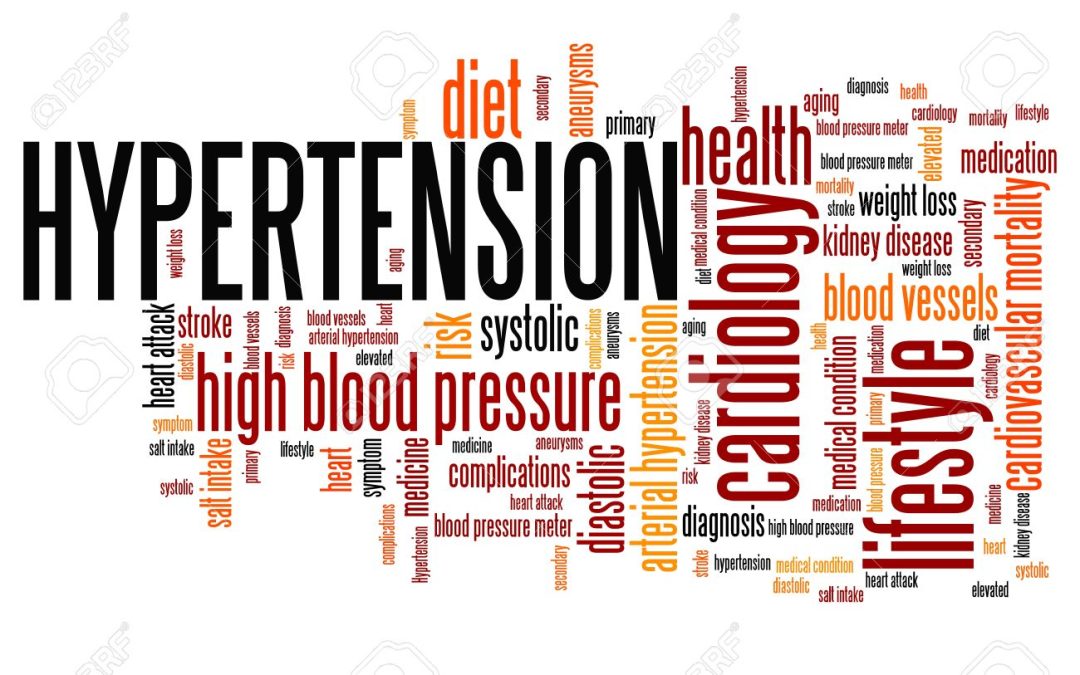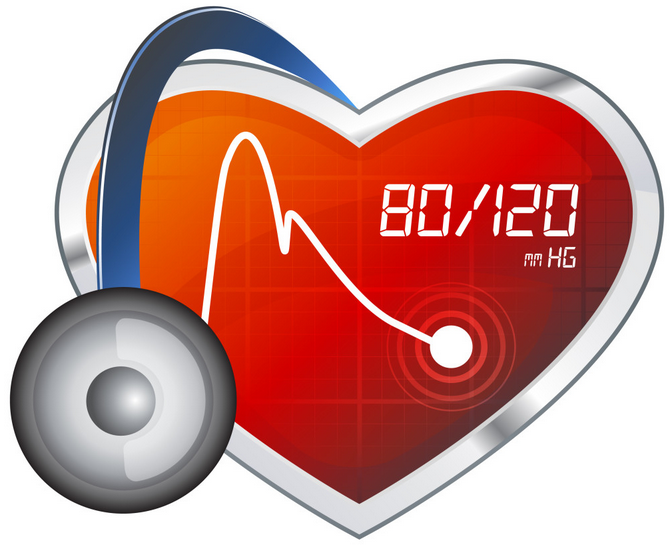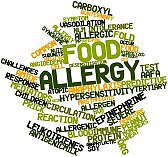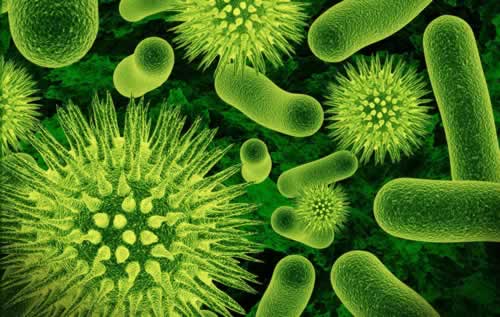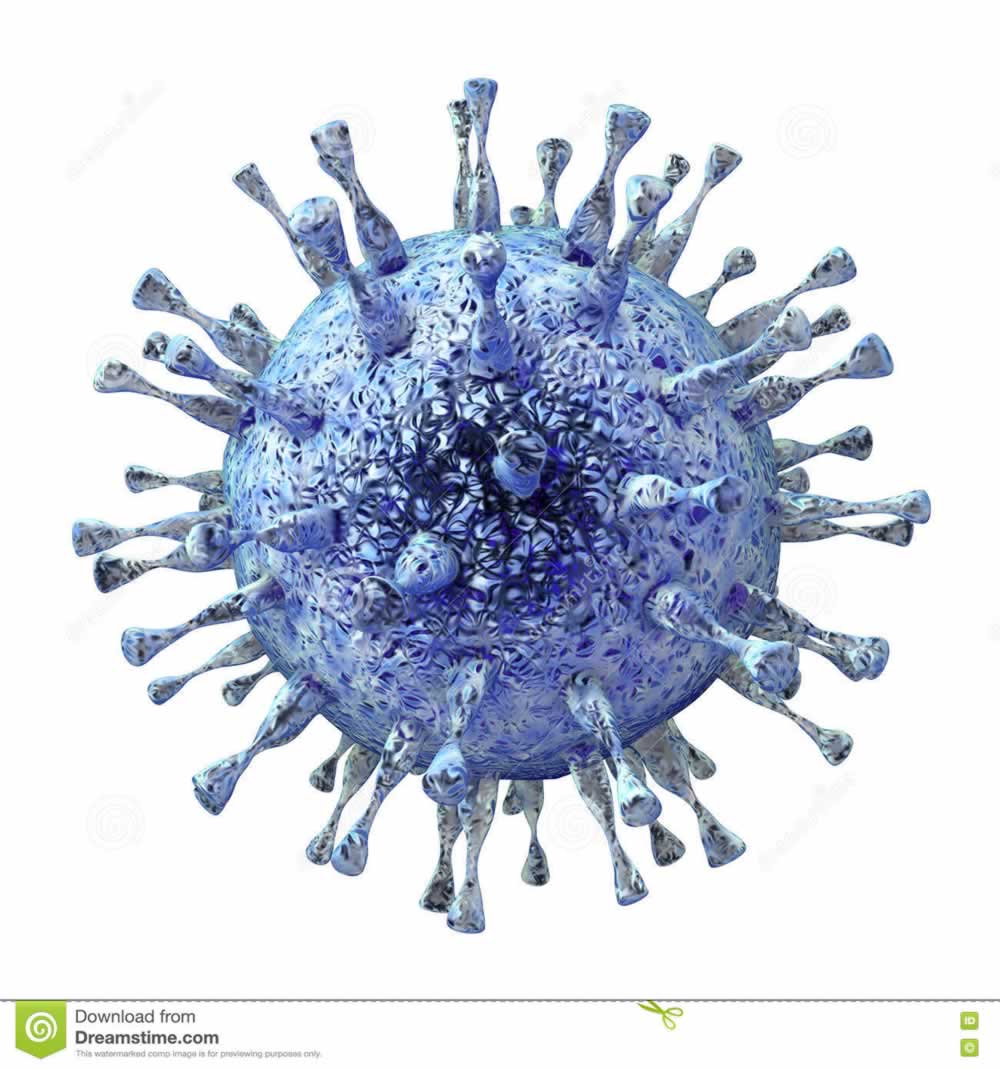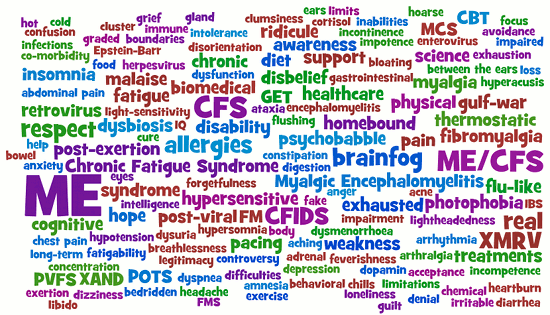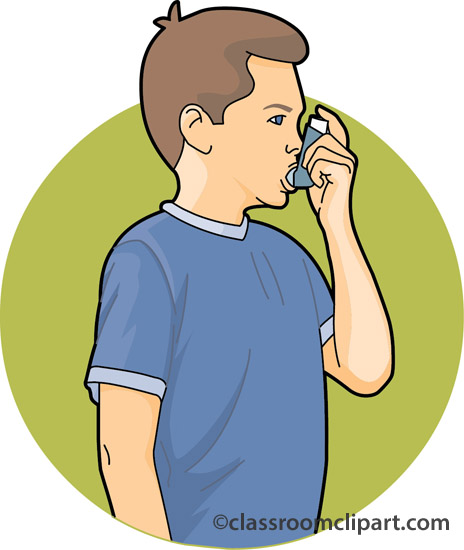| DBM COMMENTWe have placed this information here so that you might gain some insight into the medical terminology and explanations provided to you by your doctor / oncologist.WE DO NOT IN ANY WAY subscribe or support these types of medical treatments.Given that this is an educational site, we feel it prudent to provide as much information as we can that might bring about some clarity, which will allow the reader to make an informed decision about their health and the way forward. |
DBM Comment: For more information on Cancer and Chemotherapy – see You Should Know.
DBM Comment: Download our pdf books and/or view them.
Your Cancer Diagnosis, What to Do:
DBM 5-track Plan
Diagnosis – Cancer
The Mainstream Medicine Viewpoint:
There are multiple different types of doctor specialists involved in cancer treatment. Sometimes one specialist directs all the care. Sometimes multiple specialists treat the same type of cancer, so which specialist is used depends on access, availability and patient preference. Other times, various treatments are orchestrated by various specialists on the same patient. It depends on the (1) type of cancer and (2) the stage of the cancer.
First, regarding the type of cancer, here is a list of cancers and a corresponding treating specialist or specialist (the ‘type’ of treatment will be listed in parenthesis—Cancer treatment may require Chemotherapy, Surgery and/or Radiation Therapy):
Most Common
- Skin Cancer—Dermatologist (removal) and occasionally Mohs Surgeon (removal) or Surgical Oncologist (removal).
- Lung Cancer—Medical Oncologist (chemo), Cardiothoracic Surgeon (surgery), Radiation Oncologist (radiation therapy)
- Breast Cancer—Medical Oncologist (chemo), General Surgeon or Surgical Oncologist (surgery), Radiation Oncologist (radiation therapy)
- Prostate Cancer—Urologist (surgery), Radiation Oncologist (radiation therapy)
- Colon Cancer—Medical Oncologist (chemo), General Surgeon, Surgical Oncologist or Colorectal Surgeon (surgery), Radiation Oncologist (radiation therapy)
Intermediate ‘Common-ness’
- Leukemia—Medical Oncologist (chemo)
- Lymphoma—Medical Oncologist (chemo)
- Throat Cancer—ENT (surgery), Radiation Oncologist (radiation therapy)
- Esophageal Cancer—Medical Oncologist (chemo), General Surgeon, Surgical Oncologist or Cardiothoracic Surgeon (surgery)
- Uterine Cancer—Gynecologic Oncologist or Surgical Oncologist (surgery and chemo—or possibly Medical Oncologist for chemo)
- Ovarian Cancer—Gynecologic Oncologist or Surgical Oncologist (surgery and chemo—or possibly Medical Oncologist for chemo)
- Cervical Cancer—Gynecologic Oncologist or Surgical Oncologist (surgery and chemo—or possibly Medical Oncologist for chemo)
Least Common
- Pancreatic Cancer—Medical Oncologist (chemo), General Surgeon or Surgical Oncologist (surgery), Radiation Oncologist (radiation therapy)
- Liver Cancer—Medical Oncologist (chemo), General Surgeon, Surgical Oncologist, Hepatobiliary Surgeon (surgery), Transplant Surgeon (transplant – sometimes)
- Stomach Cancer—Medical Oncologist (chemo), General Surgeon or Surgical Oncologist (surgery)
- Brain Cancer—Medical Oncologist (chemo), Neurosurgeon (surgery), Radiation Oncologist (radiation therapy)
- Bone Cancer—Medical Oncologist (chemo), Orthopedic Surgeon (surgery)
- ‘Soft Tissue’ Cancer/Sarcoma–Medical Oncologist (chemo), Surgical Oncologist (surgery)
- Kidney Cancer—Medical Oncologist (chemo), Urologist (surgery)
- Bladder Cancer—Medical Oncologist (chemo), Urologist (surgery)
The final medical point on treatment is that the goal is to ‘kill’ or remove the cancerous cells. Chemotherapy and Radiation Therapy kill cancer cells and Surgery removes cancer cells.
Chemotherapy
The major side effect of Chemotherapy is that in addition to killing the cancer cells, it also often kills good cells too—cells that typically reproduce within the body: cells related to hair growth and the digestive system tend to be the most affected. This is why some people will lose their hair during chemo and often have nausea, vomiting, diarrhoea and weight loss.
DBM Comment: The problems with chemotherapy are many see: You Should Know: Chemotherapy
Radiation Therapy
Also kills cells that are next to the cancer cells that are being ‘zapped’ by the radiation. People can then experience side effects from losing those healthy cells—for example radiation therapy for prostate cancer can result in incontinence and impotence.
DBM Comment: The problems with radiation therapy are many see: You Should Know: Radiation
Surgery
can have a whole host of side effects related to the risk of the procedure (e.g. post-operative infection, bleeding, etc) or related to the removal of the tumour and surrounding tissue (e.g. the need for possible breast reconstructive surgery or chronic diarrhea from removal of a segment of the colon in colon cancer).
DBM Comment: Whilst obviously killing the cells is important, we do not regard the tumour which mainstream medicine feels needs to be surgically removed, as the problem. The tumour is but a SYMPTOM of the disease. To successfully remove cancer, one has to get to the root cause and work from there.
Outcomes
There are some cancers that are much more ‘treatable’ than others. Breast Cancer is often highly treatable. Certain types of Leukemia and Lymphoma are often highly treatable. Other cancer are very difficult to treat. Pancreatic cancer has historically been very hard to treat. Certain brain cancers have historically been very hard to treat.
The Stage at which the cancer is identified also impacts how ‘treatable’ it is. Stage 1 cancer is usually much more treatable than Stage 4 cancer (with varying degrees for Stage 2 and 3 in between).
The ‘Performance Status’ of the patient affects how well they will be able to handle the chemo, surgery and radiation. An otherwise healthy person has the best functional status and will likely have a better outcome than someone who is unable to walk or care for themselves—either because of the cancer or because of other underlying medical conditions (e.g. diabetes, cardiovascular disease, etc.). There is an actual numerical scale: 0 = Asymptomatic and Fully Active; 4 = Bedbound and Completely Disabled with 1, 2 and 3 in between.
Once the cancer is initially no longer detectable, it is said to be in Remission. That does not mean that all the cancer is ‘gone’ necessarily. There could still be microscopic amounts of cancer left that are just undetectable, which is why ongoing surveillance and scanning may be necessary to determine if there is Recurrence. Depending on the cancer, after a certain amount of time in Remission, the cancer is then said to be ‘Cured.’ That distinction is based on recurrences in other patients in the past. In some cancers, recurrence could happen after 5, 10 even 15 years of remission.
In other cancers, Hodgkin’s Lymphoma for example, after some people have been treated and are in remission, then the cancer has Never Returned for the rest of their lives.
Adapted from an article by Dr. Eric Bricker – Johns Hopkins Internal Medicine Physician
The DBM Viewpoint
The body produces 2 billion new cells every day. At the same rate, 2 billion cells die every day. When there is abnormal cell division (that is unequal rate of cellular death vs regeneration or the other way around), it is considered to be a form of cancer. At any given moment, there are 750 000 active cancer cells in the body, which are kept in check by the immune system.
Cancers are named for the organ or type of cell in which they start. Cancer cells may spread to other tissues and organs known as metastasis. When the mitochondrial respiration of a cell is damaged or changed due to the metabolic changes in the environment of the cell, it may affect the DNA expression away from normal cell division. Such damage or change is mostly caused by the terrain surrounding the cell which is affected by the exposure to external toxins (foods grown in pesticides, antibiotics, fertilizers, genetically modified foods, inhalation of polluted air, chemicals in cosmetics onto the skin) or endotoxins (chemicals/hormones produced in the body from stress, negative emotions, etc). Addressing the diseased internal terrain of the cell is how the metabolic behaviour can be corrected and cancer reversed.




















